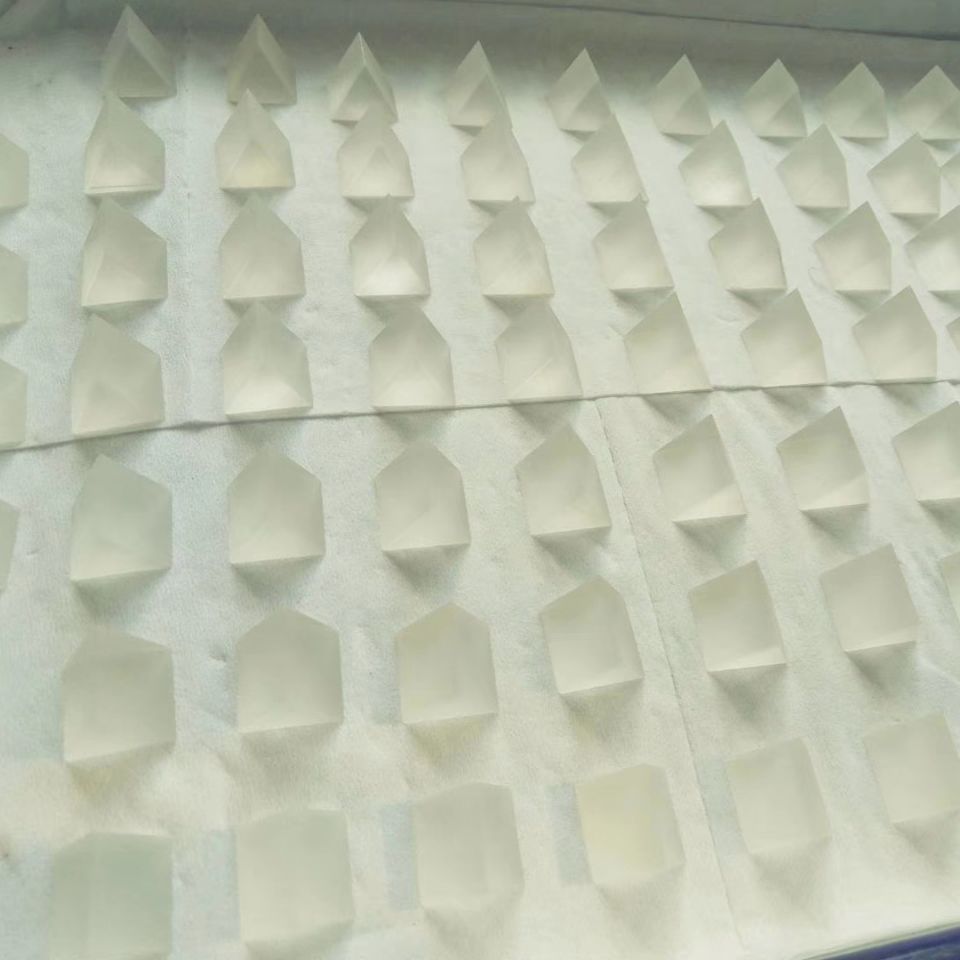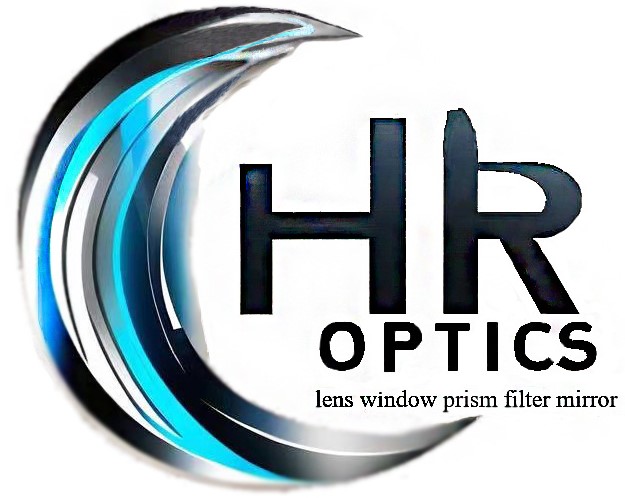
Designed Spectral Range: 700 - 900 nm
Apex Angle Tolerance: ±15 arcmin
Unpolished Sides: Flat and Ground
Surface Flatness: λ/4 at 633 nm
Use to Compensate for Dispersion
Fabricated from CaF2, Fused Silica, SF10, or N-SF14
These Dispersion-Compensating Prism Pairs are designed to compensate for the pulse broadening effects that occur in ultrafast laser systems without introducing significant power losses. Four large-index-of-refraction prism materials are offered to provide various group velocity dispersion (GVD) values, thereby compensating for different pulse dispersion conditions.
Prism pairs such as these have multiple applications. They can be used to create an optical filter; simply insert a knife edge to attenuate the short- or long-wavelength components. If the prism pair is placed inside a laser resonator, they can be used for wavelength tuning. Alternatively, prism pairs can be used for dispersion compensation. Each time light passes through the optical elements within a laser cavity, positive (commonly referred to as normal) dispersion occurs. The prism pair also contributes positive dispersion. However, this positive dispersion is somewhat offset by the extra distance that the longer wavelengths travel through the second prism (refer to the figure to the right). With a careful choice of prism pair geometry it is possible to create negative (commonly referred to as anomalous) dispersion that compensates for all other elements within the cavity.








 售前客服
售前客服